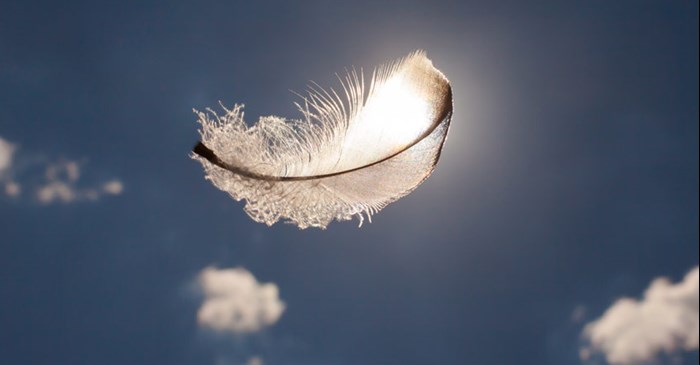Can you imagine a world without birds? They play an essential role in our lives, connecting us with nature and keeping our ecosystem in balance.
A recent report has given bird lovers everywhere a startling reminder of how precious they are to our daily lives. A study published in Science finds that over the past 50 years, bird populations have decreased by 3 billion in North America alone, a decline of 29%.
Grassland bird populations have been hit hard, with 53% fewer birds today (720 million) compared to 1970. For farmers, this loss hits home, as three out of four meadowlarks have vanished — a field bird beloved for its melodious song.
There are also fewer birds of the forest, with losses reaching a staggering 1 billion birds. Among them is the Evening Grosbeak with a 90% population decline, meaning their golden presence is becoming a rarity for hikers.
Without a doubt, this is disheartening news. But it's important not to lose sight of the fact that there's still much you can do to make your backyard a safe haven for beloved songbirds. Here are four simple tips you can follow to help:
Keeping windows safer: Window glass poses an invisible threat to birds as it reflects the surrounding sky, trees, and landscape. As a result, many birds' lives are lost every year due to collisions. Follow our tips to achieve a view that’s also safe for your neighborhood songbirds.
Plant with the birds in mind: Native plants and trees offer birds places to build nests and find food (which includes not only plants and berries but also pesky insects). To get started, read our blog focusing on native plants to build a bird-friendly landscape. Take it one step further, and find ways to maintain a beautiful yard while reducing or even eliminating your use of pesticides.
Become a citizen scientist: Joining Feeder Watch is one of the easiest things a bird lover can do to support the birds. By downloading the eBird app and logging the birds you see each Saturday morning while sipping your coffee, you’re giving scientists a ton of valuable information when it comes to tracking the populations and movements of birds.
Maintain a clean feeding station: Since so many bird species gather around a feeder in a single day, that elevates the risk of the spread of germs or disease … unless you keep things clean. Check the seed to make sure it’s fresh and dry. When it’s time for a refill, take the extra step and give the bird feeder a good scrubbing with hot soapy water, followed by submersion into a bleach-water solution. (The same applies to birdbaths.)
Taking any of these steps will make a big difference in helping bird populations flourish across the nation. For additional information on how to improve your yard for birding habitats, please visit the Lyric Wild Bird Food Habitat page which includes tips on nesting, bird boxes, bird-friendly landscapes, and much more.
